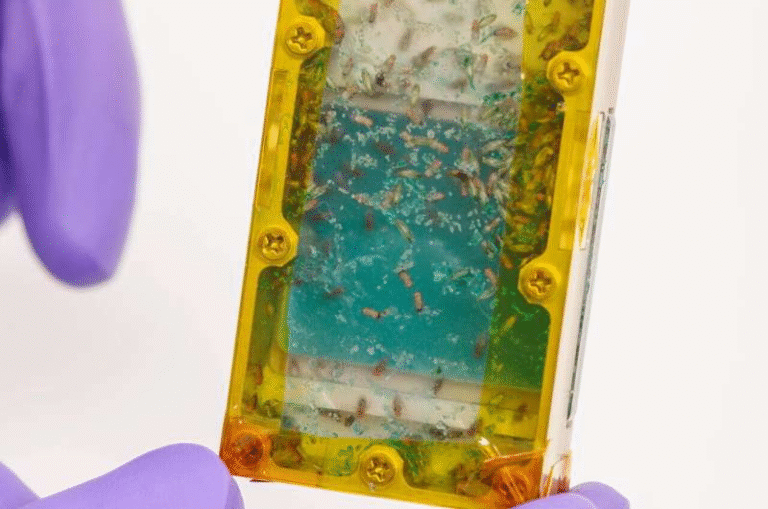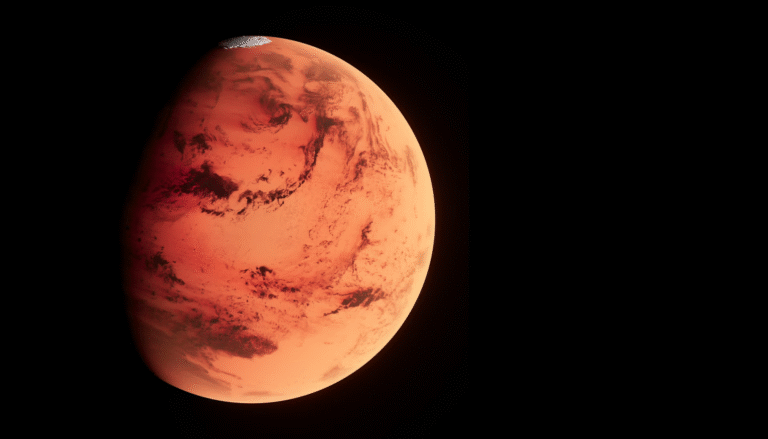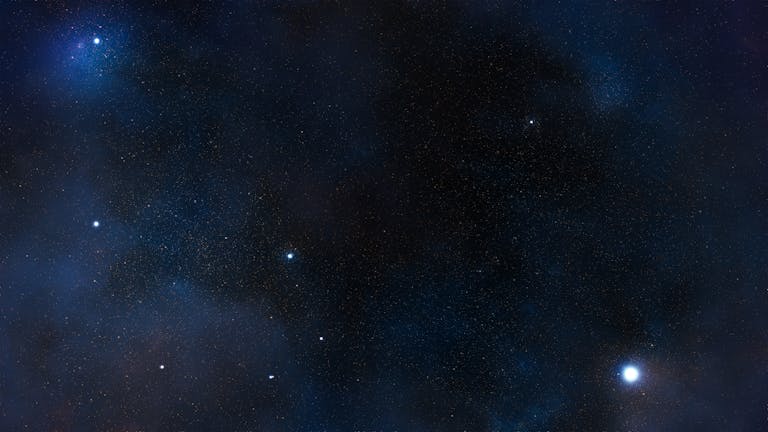Scientists Discover Strange Plasma Waves in Jupiter’s Auroras
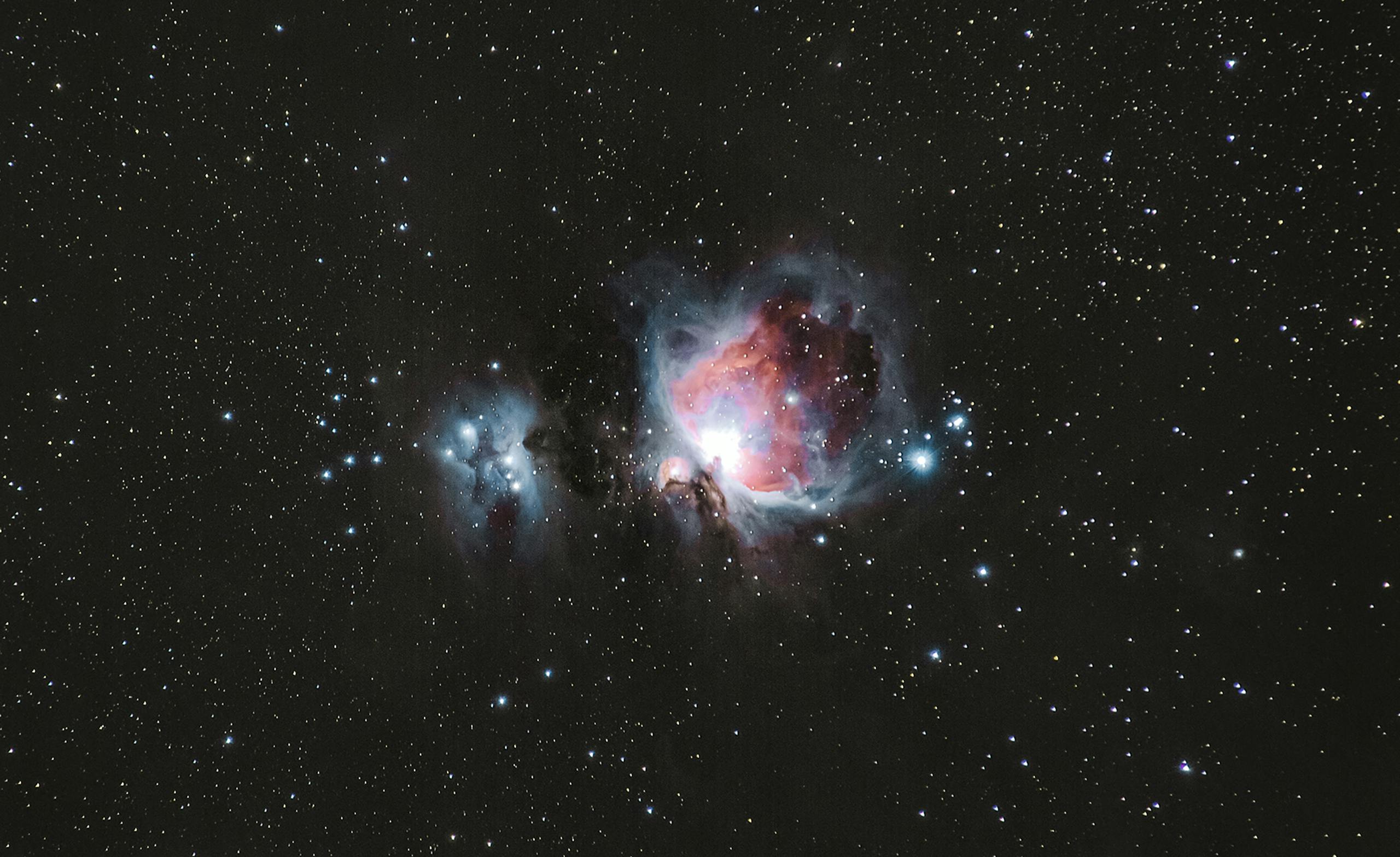
Jupiter, the largest planet in our solar system, has always been a source of fascination. Its swirling storms, massive size, and strong magnetic field make it a natural laboratory for studying extreme cosmic phenomena. Now, scientists have uncovered something even more intriguing: a never-before-seen type of plasma wave dancing inside Jupiter’s auroras.
This discovery not only reshapes how we think about Jupiter’s environment, but also gives us fresh clues about how Earth’s magnetic field protects us from the sun’s harmful radiation.
A Closer Look Thanks to Juno
The key to this breakthrough is NASA’s Juno spacecraft, which has been orbiting Jupiter since 2016. Unlike other spacecraft, Juno flies directly over the planet’s poles, offering researchers a unique perspective. During one of its low-altitude passes, Juno gathered detailed data from Jupiter’s north polar region, where the auroras glow in ultraviolet and infrared light.
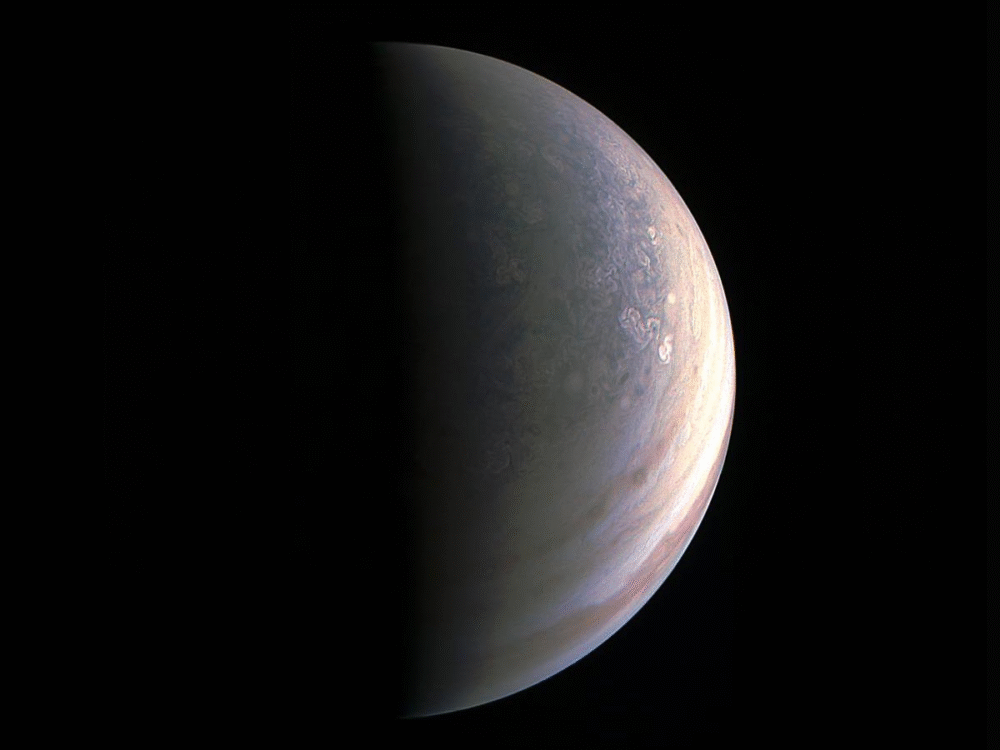
Credit: NASA/JPL-Caltech/SwRI/MSSS
Scientists at the University of Minnesota Twin Cities took this data and discovered plasma waves unlike anything previously recorded near Earth. These findings were so significant that they were published in Physical Review Letters, a leading scientific journal.
What Makes Jupiter’s Aurora Different
To understand why this is such a big deal, let’s first look at how auroras form. On Earth, when charged particles from the sun crash into our atmosphere, they collide with gases like oxygen and nitrogen. The result? The glowing green and blue lights we know as the northern and southern lights.
But on Jupiter, things work differently. Its magnetic field is far stronger and its plasma environment is extremely low in density. This combination creates plasma waves with very low frequencies, something scientists have never seen before.
Unlike Earth, where auroras typically form in a ring-like pattern around the poles, Jupiter allows particles to flood directly into its polar regions. This creates auroras in places where Earth would normally have darkness.
Plasma Waves: More Than Just Space Weather
So why does this matter for us back on Earth? Plasma might sound exotic, but it’s actually the most common state of matter in the universe. It’s a superheated gas where atoms split into electrons and ions, behaving both like a fluid and like a system of magnetic fields.
By studying Jupiter’s plasma waves, scientists gain insight into how plasma behaves under extreme conditions. This doesn’t just expand our knowledge of planetary auroras—it could also influence future research in areas like fusion energy and space weather prediction.
Understanding these dynamics helps us see how Earth’s magnetic field acts as a shield against solar storms, protecting satellites, power grids, and even astronauts from harmful radiation.
What’s Next in Exploration
The discovery is just the beginning. While Juno continues its mission, scientists are already looking forward to upcoming spacecraft like ESA’s JUICE and NASA’s Europa Clipper, both scheduled to explore Jupiter and its moons in the late 2020s. Each mission promises to add new pieces to the puzzle of how giant planets shape their environments.
For now, the detection of these unusual plasma waves in Jupiter’s aurora is a reminder of how much there is still to learn. Space isn’t just a distant spectacle—it’s an active, dynamic environment that affects us more than we realize.
Final Thoughts
Jupiter’s auroras are invisible to the naked eye, glowing only in ultraviolet and infrared. Yet, thanks to spacecraft like Juno, we can peer into these hidden lights and discover phenomena that push the boundaries of physics. The finding of a new plasma regime is both humbling and thrilling—it shows that even in our own solar system, nature still holds surprises waiting to be uncovered.

